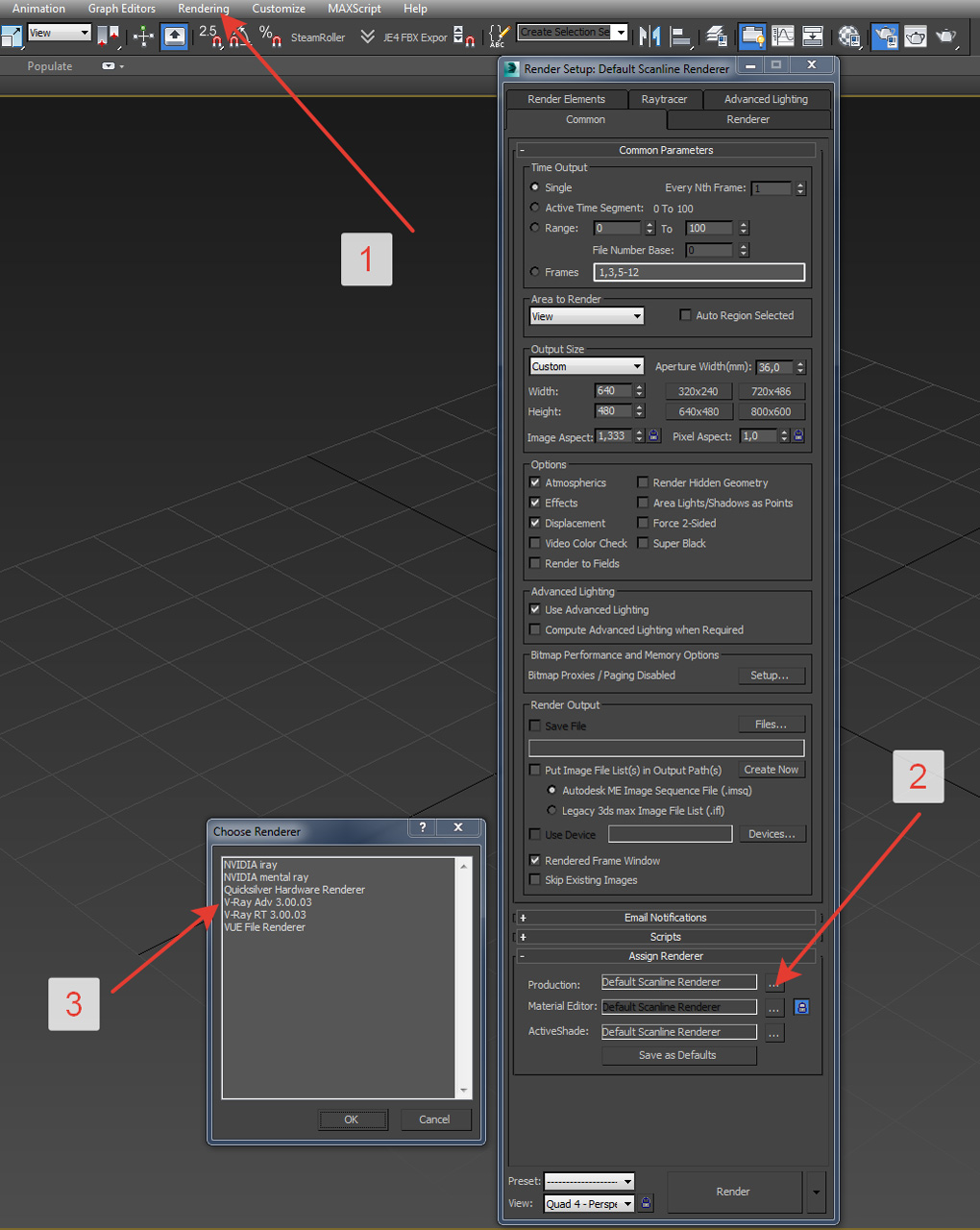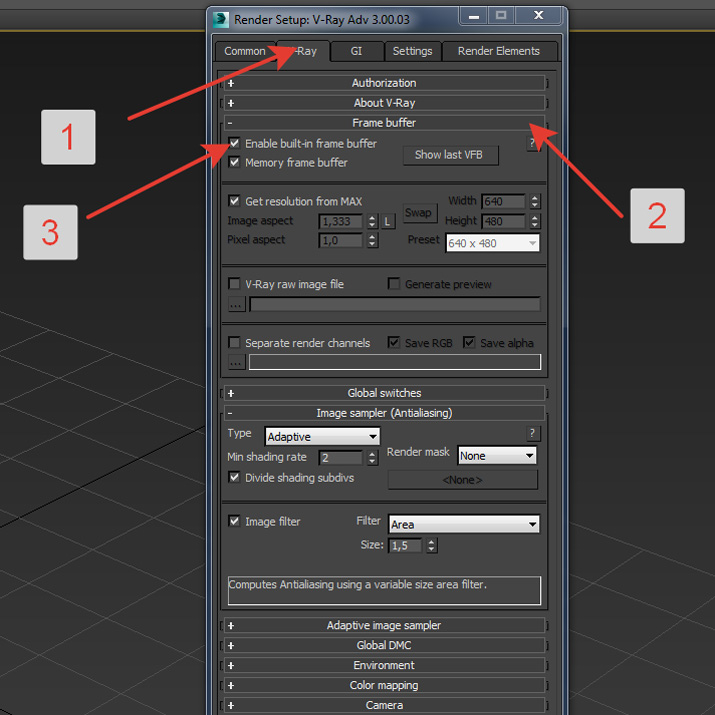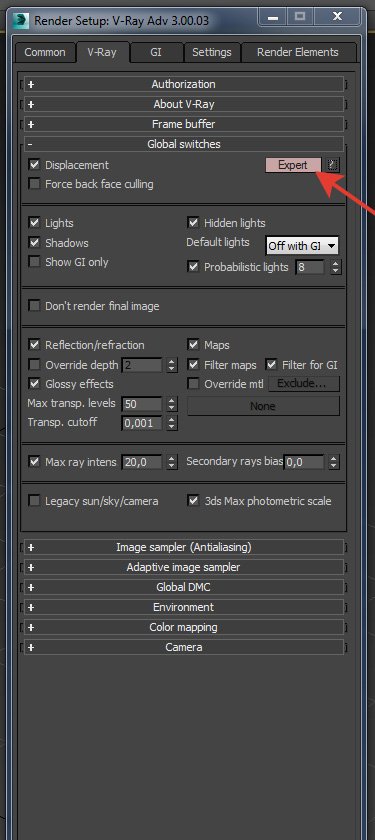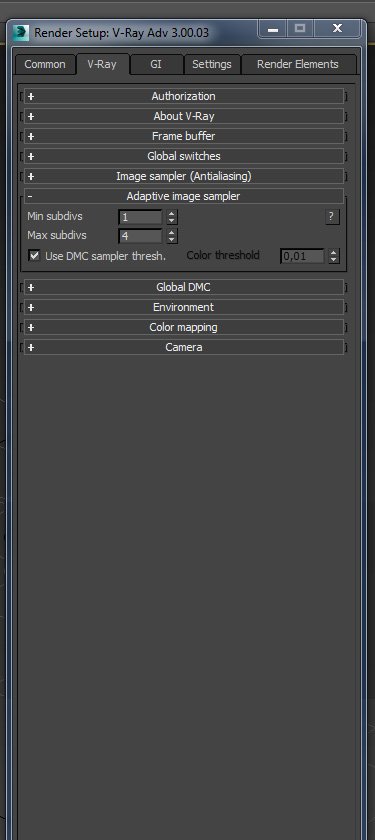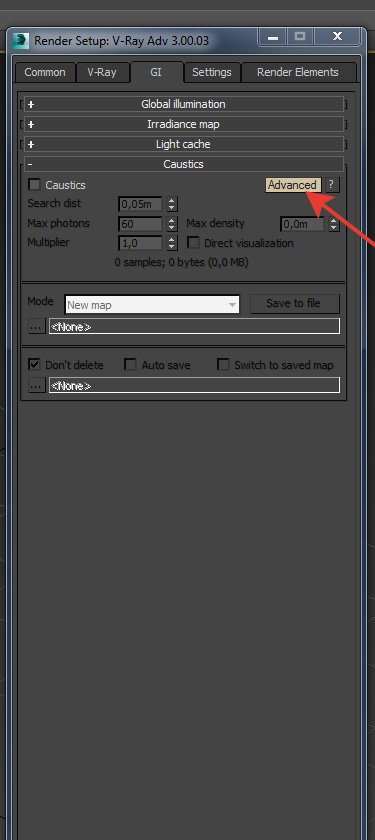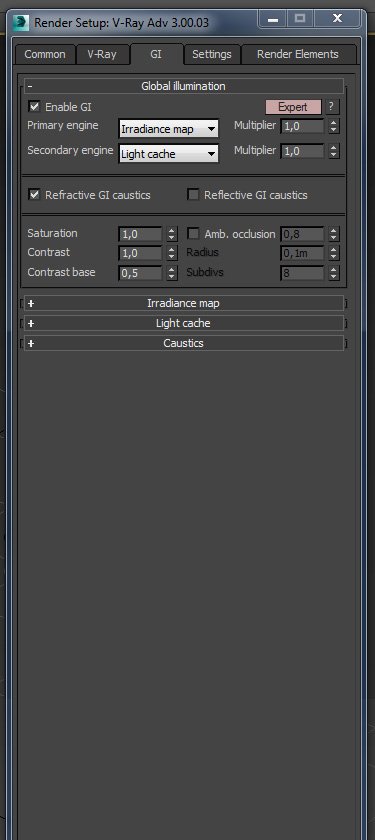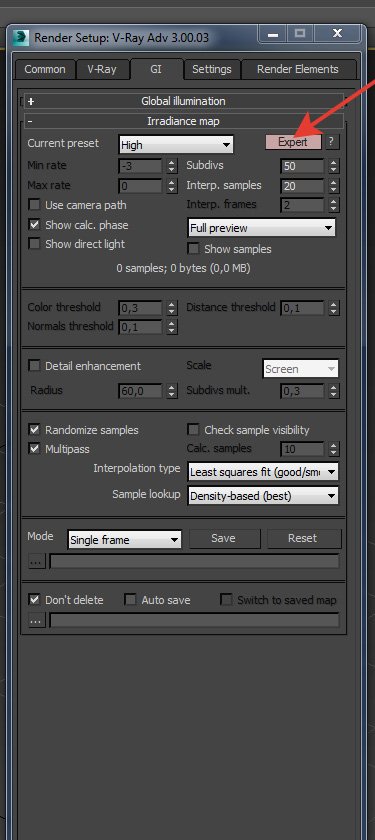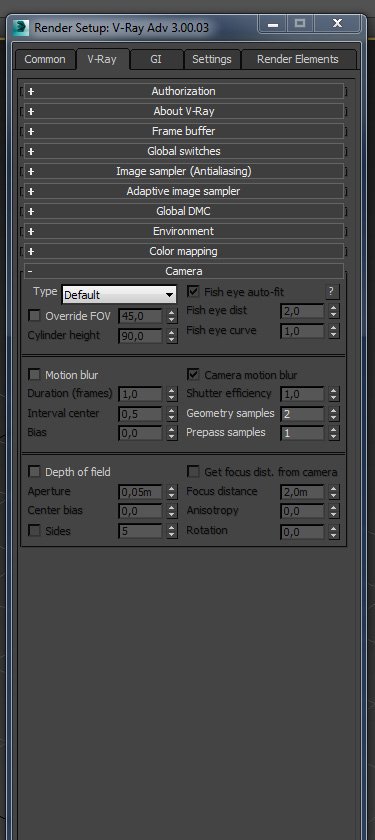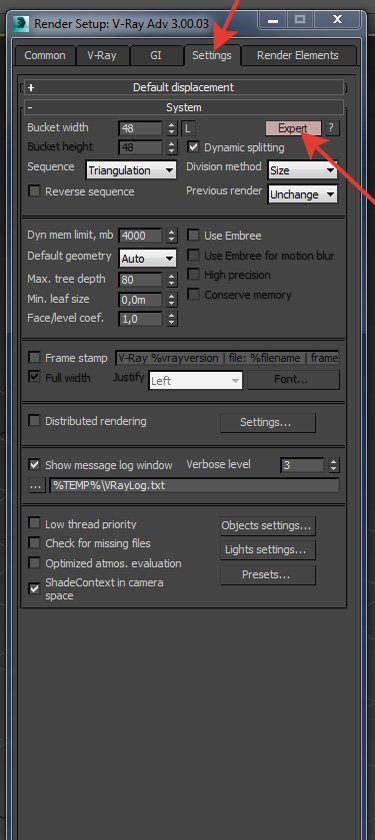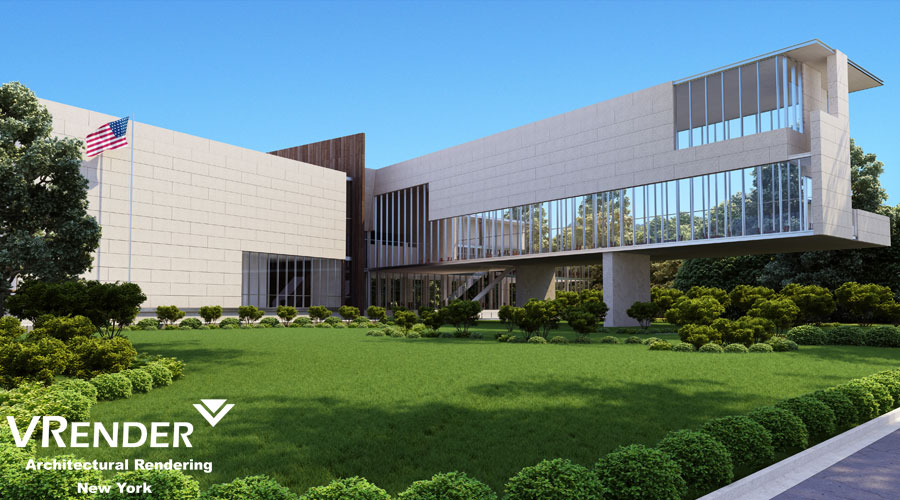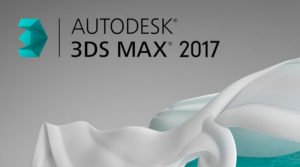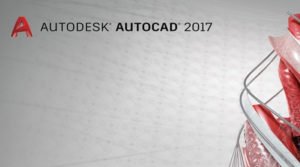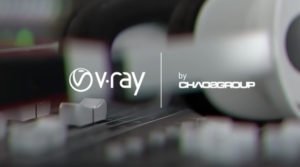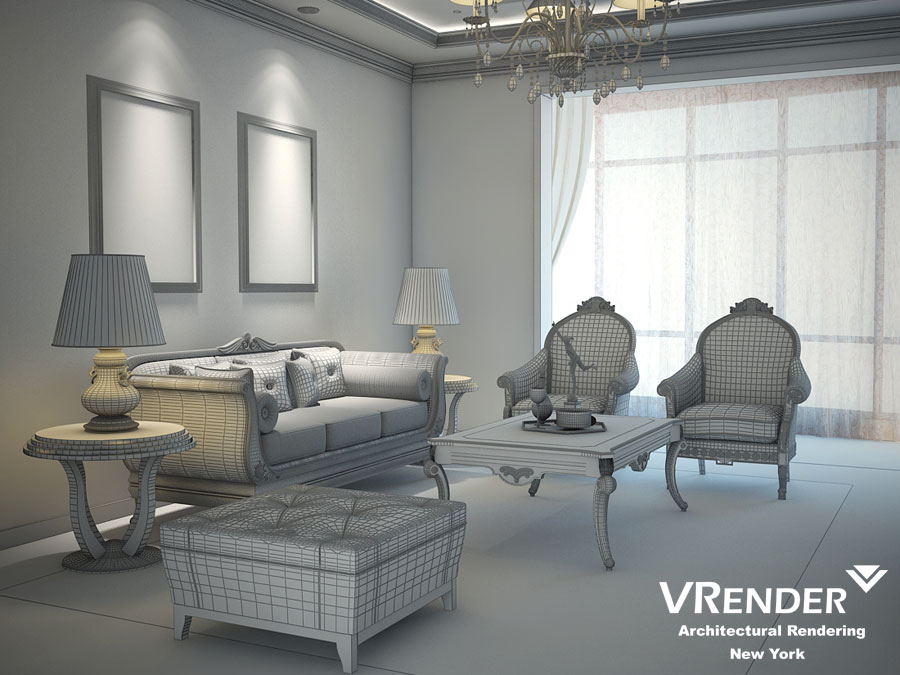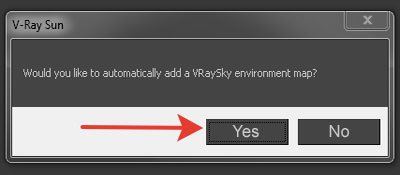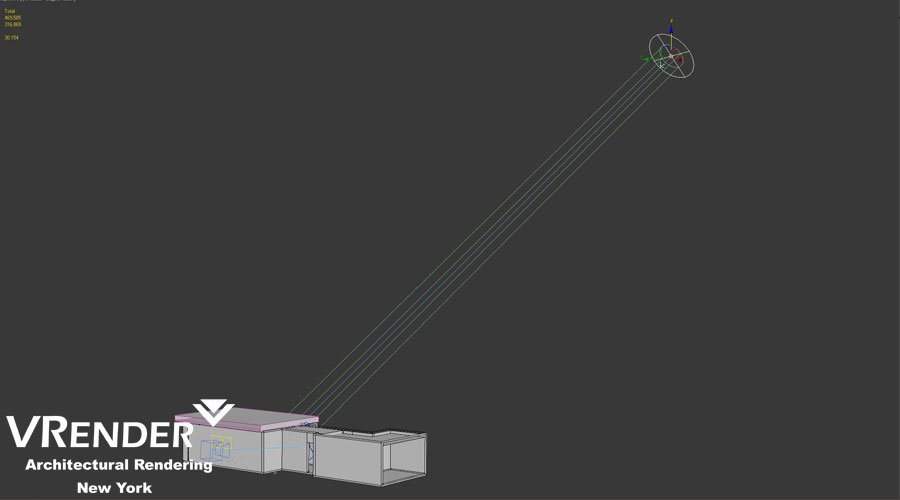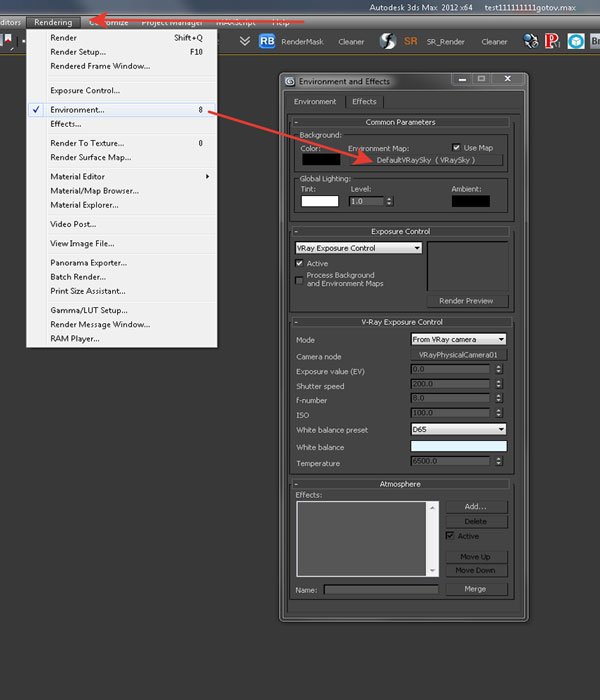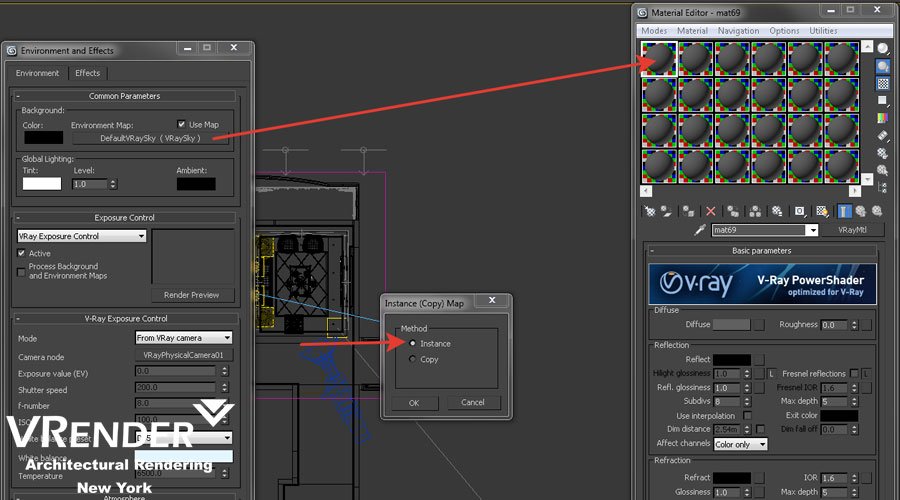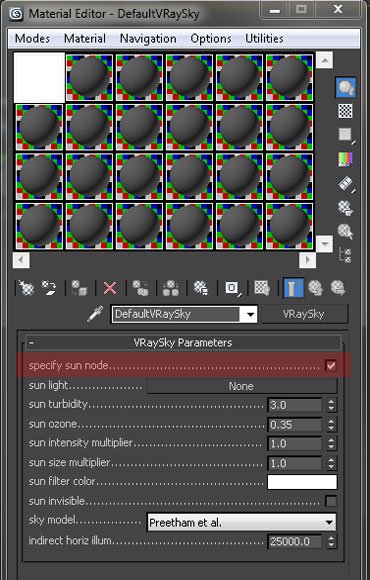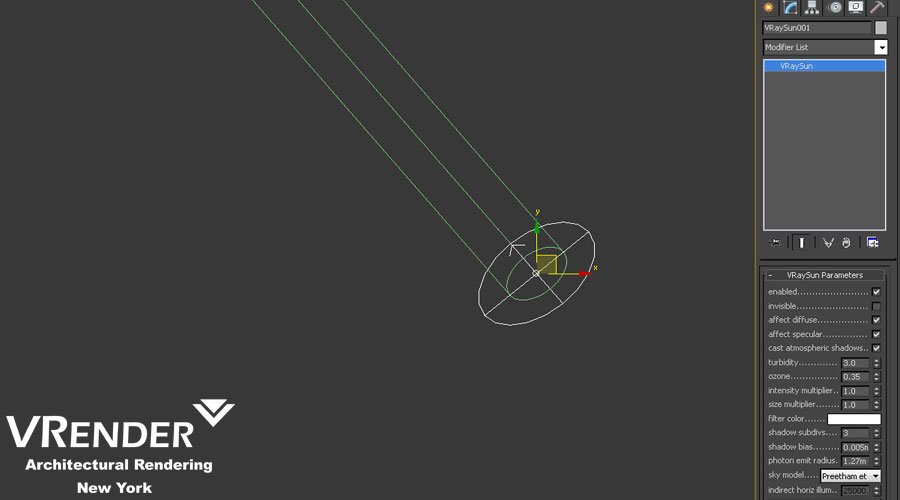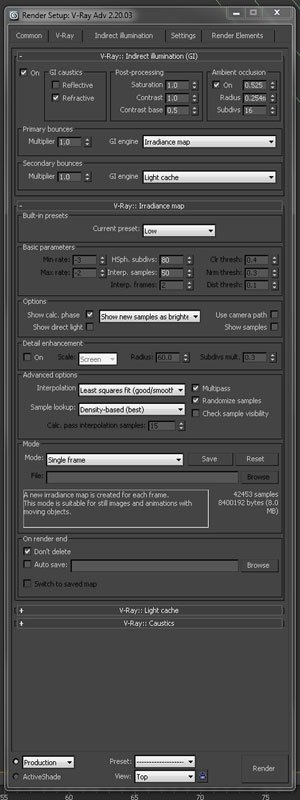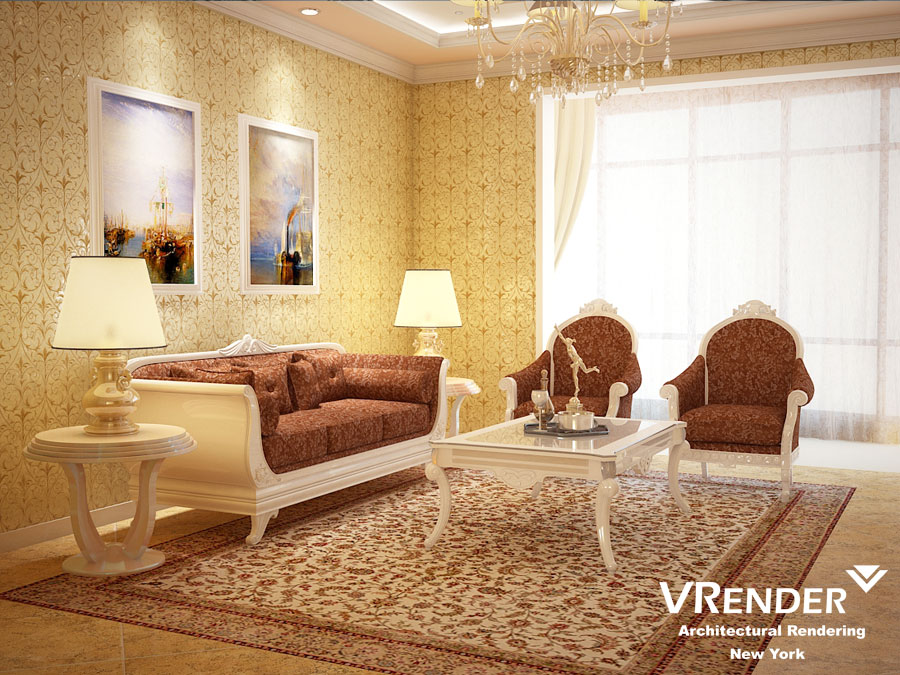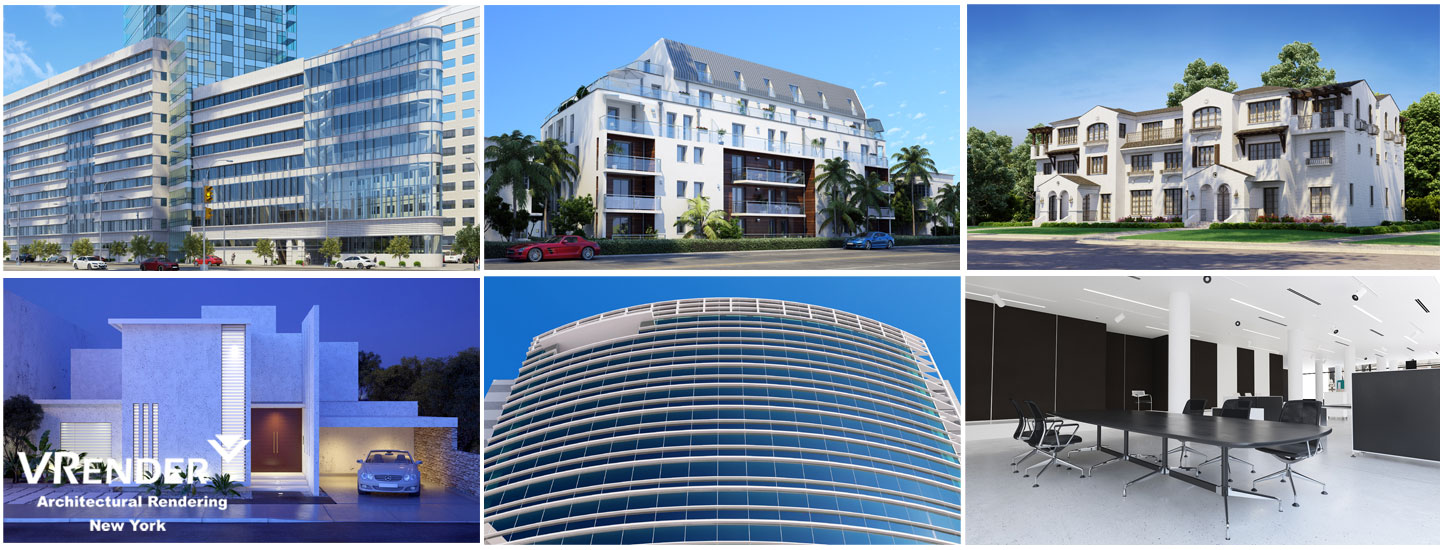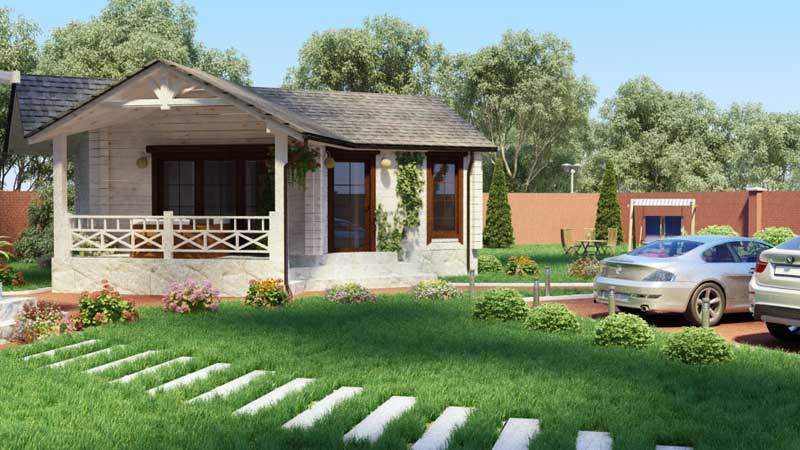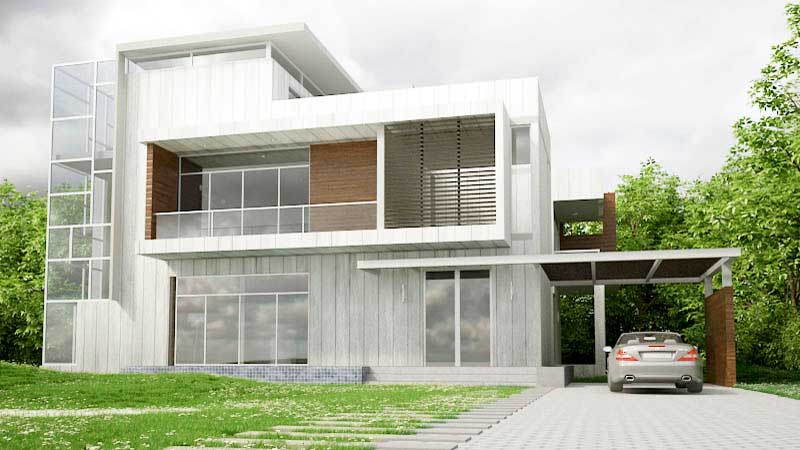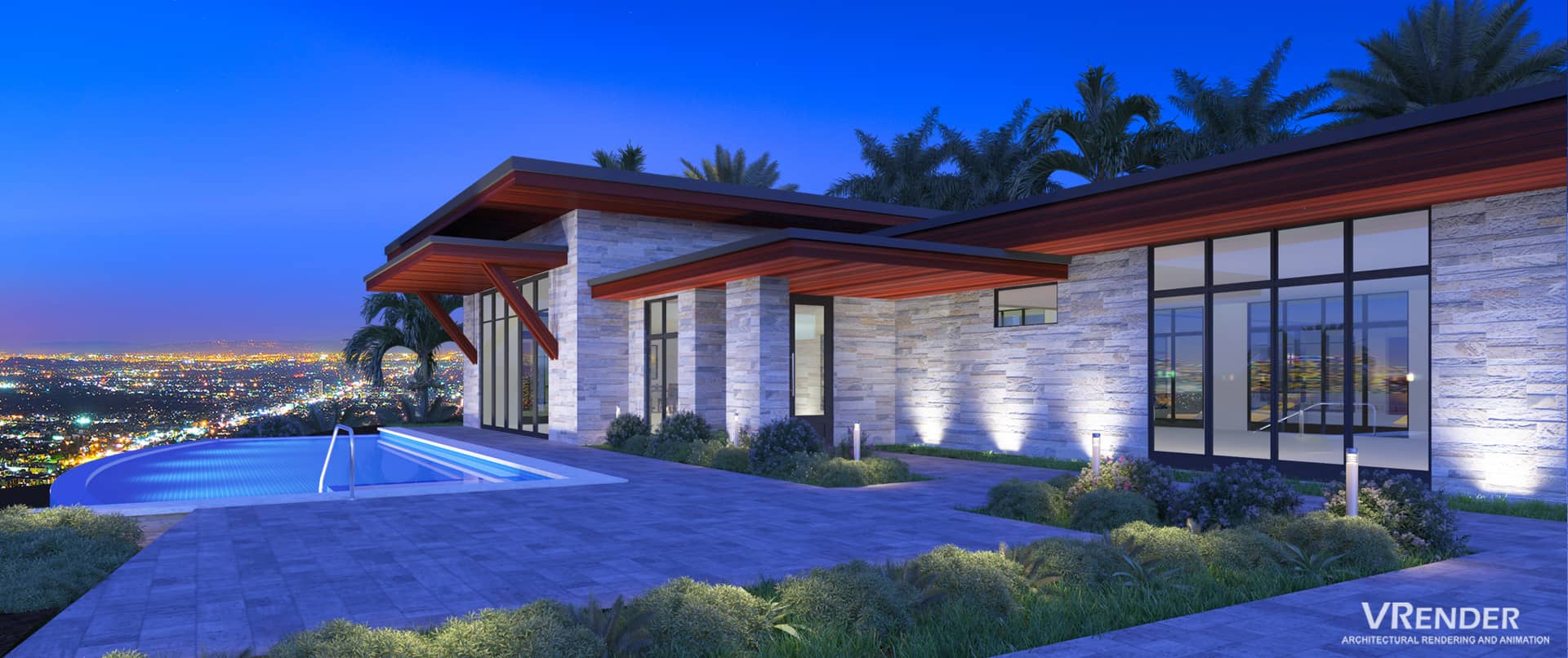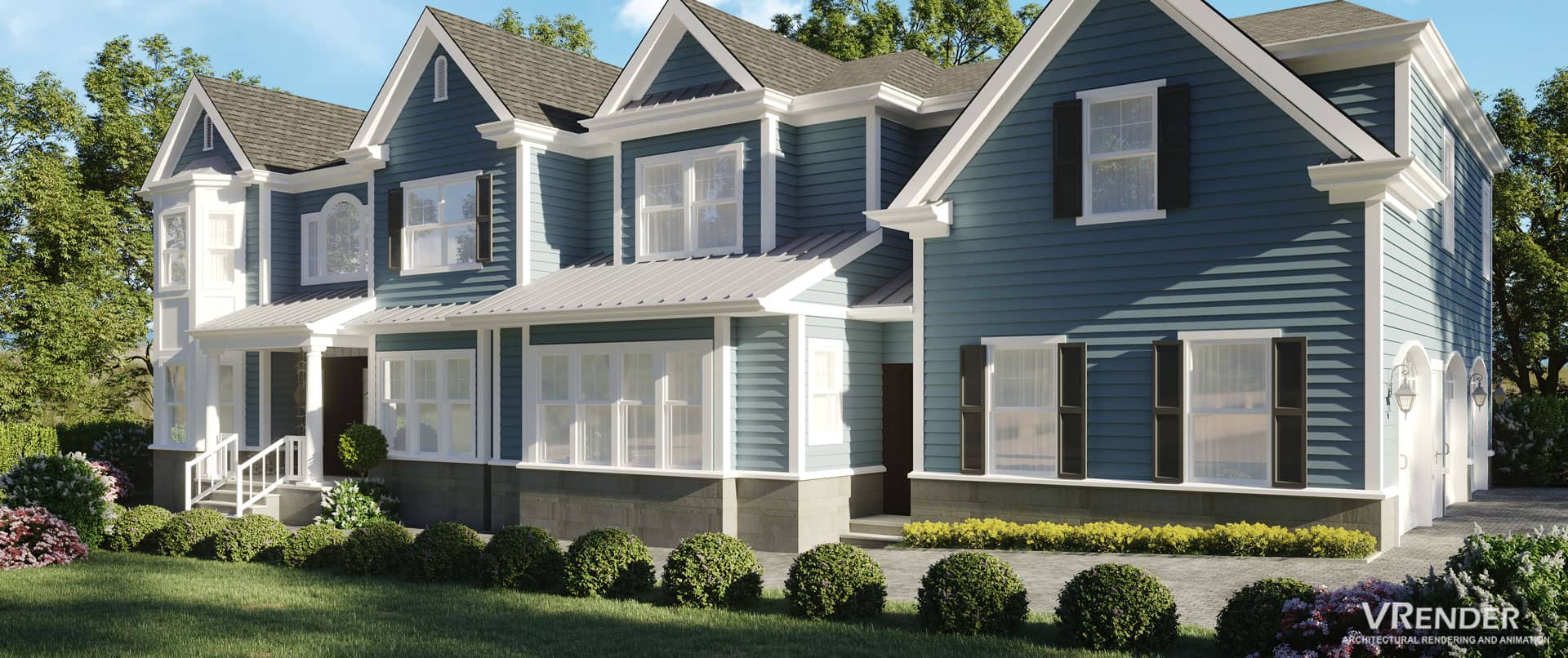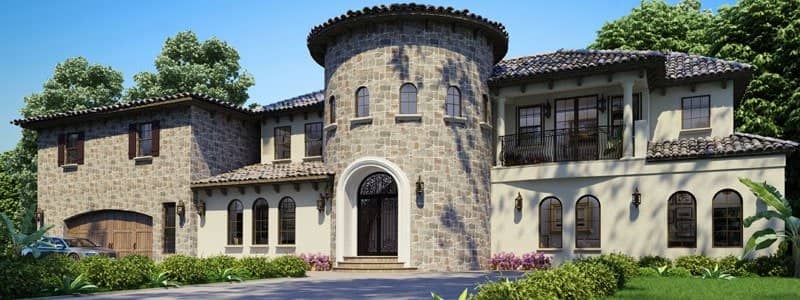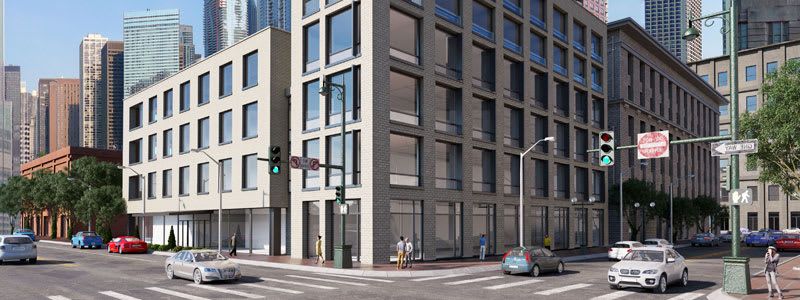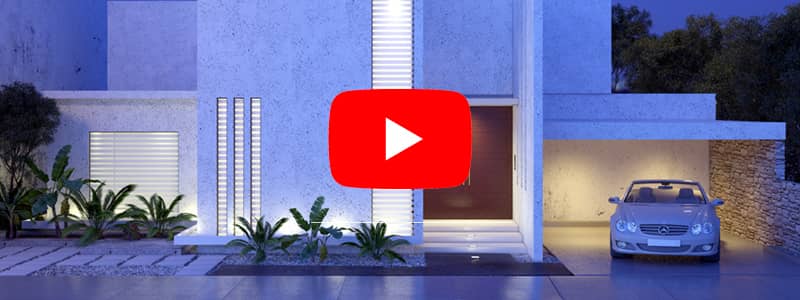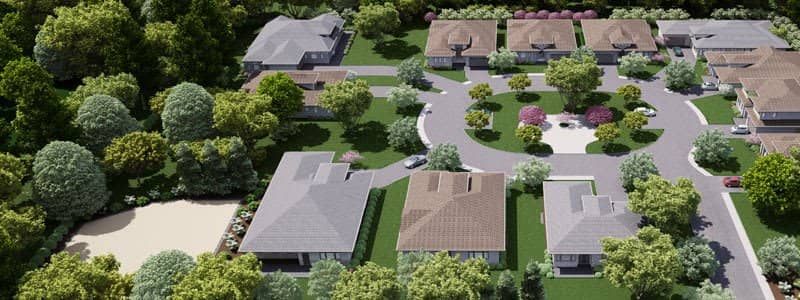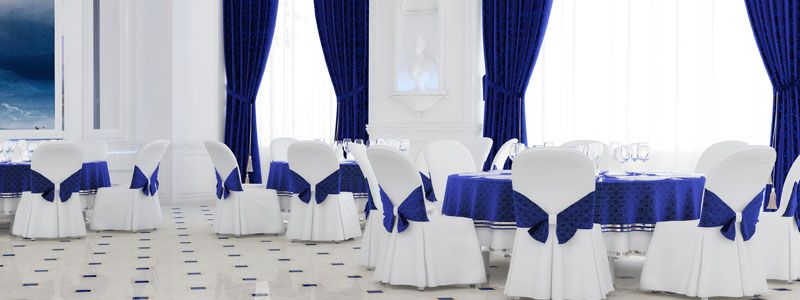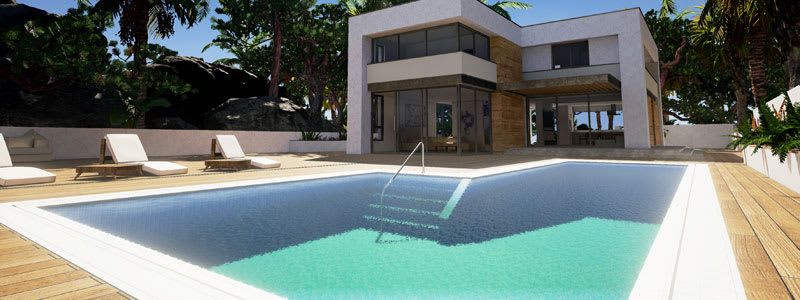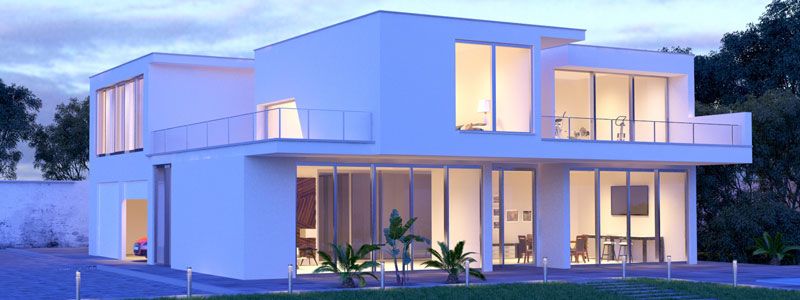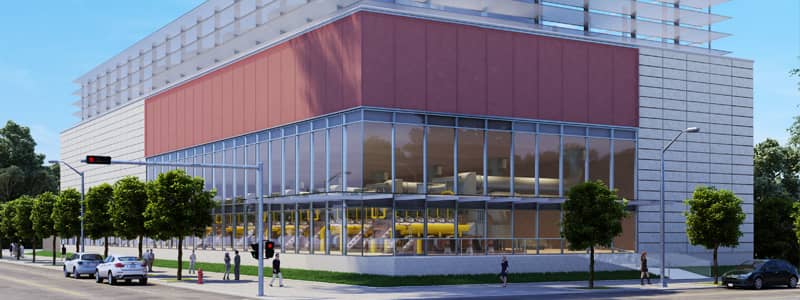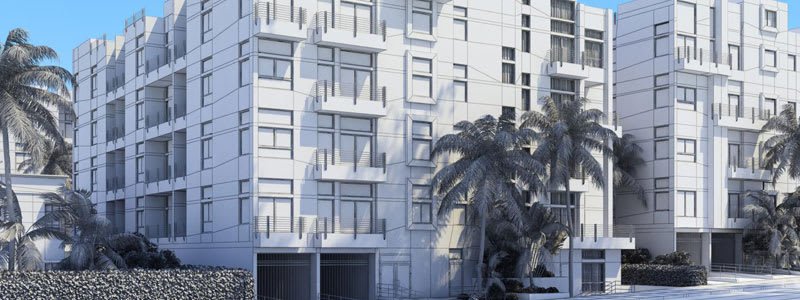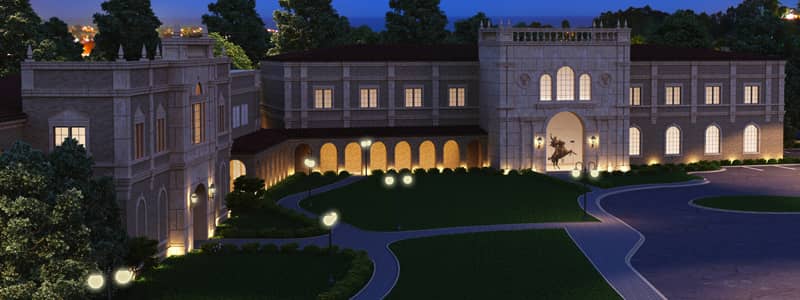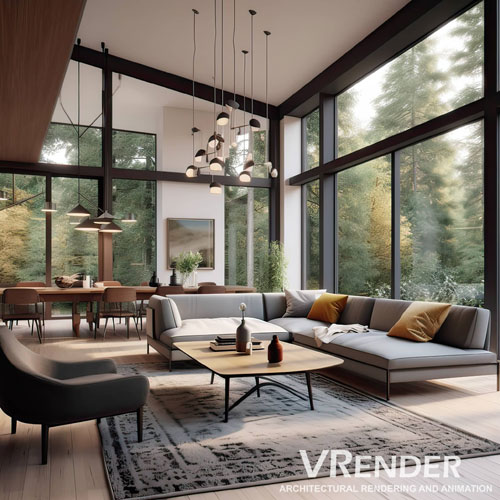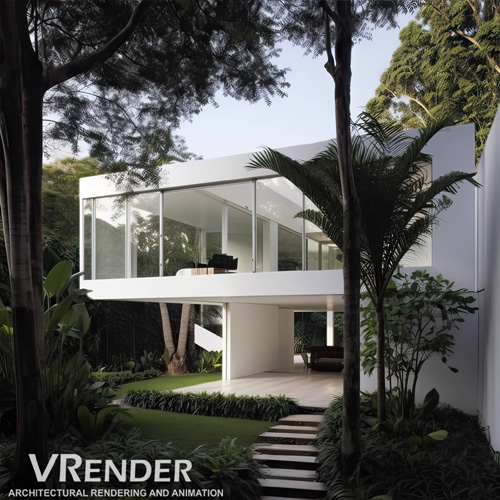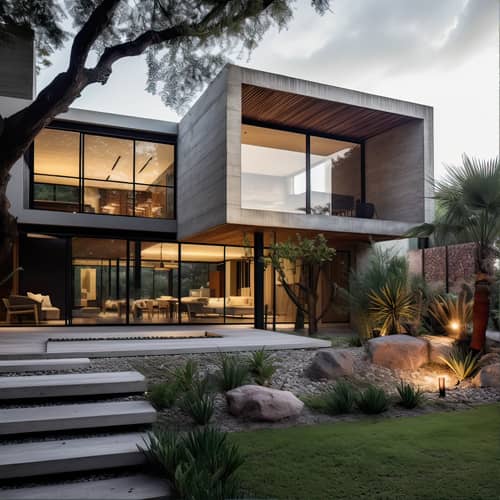The Art and Science of 3D Rendering
3D rendering is the process of creating photorealistic images or animations of architectural designs using specialized software. It combines elements of design, composition, balance, symmetry, color theory, and an understanding of mood and structure to produce stunning visual representations of yet-to-be-built structures. The level of detail and realism achieved in modern 3D renderings is so high that viewers often need to “check their glasses” to confirm they’re not looking at an actual photograph.
Creating high-quality 3D renderings for architecture and real estate is a complex process that requires a unique blend of skills. Our team of experts combines their knowledge of design principles, composition techniques for 3D products, color balance, scene lighting theory, and structural understanding to produce stunning visual representations of architectural concepts.
Our approach goes beyond mere technical proficiency. We immerse ourselves in each project, delving deep into the core ideas and atmosphere that our clients wish to convey. This holistic understanding allows us to create visualizations that not only showcase the physical attributes of a building but also capture its essence and intended ambiance.
The Vision Behind VRENDER
Founded in 2007 VRENDER has quickly established itself as a premier 3D architectural rendering company. The company’s vision goes beyond mere visualization; it aims to create true works of art that capture the essence and atmosphere of each project. This commitment to excellence has led VRENDER to collaborate with some of the world’s leading architectural and design associations.
Our CEO founded VRENDER with a clear and inspiring vision. He sought to create a platform that would pay homage to the architects and creators who dedicate their lives to developing architectural projects that positively impact the world. This vision has been the driving force behind our company’s growth and success.
A Global Collaborative Approach
As a leading 3D architectural rendering company, we have established strong relationships with top architectural and design studios worldwide. Our work process is characterized by continuous communication and collaboration, ensuring that we fully grasp and accurately represent our client’s visions.
Our services extend beyond traditional 3D visualization to include advanced 3D modeling, virtual reality, animation, experiences, and other cutting-edge methods of architectural presentation. Being at the forefront of this meaningful and impactful process fuels our passion and drives us to continually improve and innovate.
Our Commitment to Photorealism
At VRENDER, we pride ourselves on achieving a high level of photorealism that challenges reality itself. Our renderings are so lifelike that viewers often find themselves doing a double-take, struggling to distinguish between our digital creations and actual photographs. This extraordinary attention to detail and realism is what sets us apart in the competitive landscape of 3D architectural visualization.
What Makes VRENDER Unique?
- Uncompromising Quality: We specialize in creating atmospheric, photorealistic architectural renderings. Our robust technical department ensures that each image meets our stringent standards for artistic excellence.
- Customized Project Management: VRENDER understands that each client has unique needs and offers a tailored management process, discussing and establishing each project from the outset.
- Atmospheric Photo-Realism: The primary focus is on producing atmospheric and photo-realistic renderings that not only showcase the technical aspects of a design but also evoke the intended mood and feel of the space.
- Global Talent Pool: The studio attracts talented 3D artists from around the world, fostering a diverse and creative work environment that encourages innovation and fresh perspectives.
- Architectural Expertise: Many of VRENDER’s artists have backgrounds in architecture or design, allowing for a deeper understanding of client’s needs and more effective communication throughout the project.
- Cutting-Edge Technology: We utilize the latest 3D rendering applications to ensure top-quality results and efficient workflow and to deliver exceptional results.
The VRENDER Difference
What truly sets VRENDER apart is our unwavering commitment to excellence and innovation. We understand that in the fast-paced world of technology, staying ahead of the curve is crucial. That’s why we constantly push ourselves to offer rendering services that not only meet but exceed industry standards.
Our team comprises talented specialists with backgrounds in architecture and design. Each member of our crew views their work not just as a job, but as a calling. This passion for architecture and visualization shines through in every project we undertake.
Our Approach to Projects
At VRENDER, we believe that trust is paramount when working with a 3D architectural visualization company. We begin each project with a thorough analysis, studying references and mood boards to gain a comprehensive understanding of our client’s vision and the project’s objectives. This approach allows us to structure our services efficiently and identify the necessary tasks for each unique project.
Comprehensive 3D Rendering Services
VRENDER offers a wide range of 3D rendering services to meet various needs in the architecture and design industries:
- Exterior 3D Rendering: Showcasing the external appearance of buildings and their surrounding landscapes.
- Interior 3D Rendering: Bringing interior spaces to life with detailed visualizations of rooms and their furnishings.
- 3D Architectural Animation: Creating dynamic fly-throughs and walkthroughs of buildings and spaces.
- Architectural 3D Walkthrough: Allowing viewers to experience a virtual tour of a property.
- Architectural 3D Modeling: Building detailed 3D models of structures for various purposes.
- Staging: Furnishing and decorating empty spaces digitally to showcase their potential.
- Floor Plan 3D Rendering: Creating visually appealing and easy-to-understand floor plans.
Specialized Visualization Services
In addition to these core services, VRENDER also provides more specialized visualization options:
- 3D Rendering for Real Estate: Helping real estate professionals market properties more effectively.
- Commercial Architectural Rendering: Visualizing office buildings, shopping centers, and other commercial spaces.
- Residential 3D Rendering: Bringing home designs to life for potential buyers or investors.
- 360 Virtual Tours: Creating immersive, interactive experiences of properties.
- Aerial View 3D Rendering: Providing a bird’s-eye perspective of buildings and developments.
- 3D Site Plan Visualization: Illustrating the layout and features of larger development projects.
VRENDER also caters services to manufacturers and interior designers offering:
- Product 3D Rendering: Creating photorealistic images of products for marketing and presentation purposes.
- 3D Product Modeling: Building accurate 3D models of products for various applications.
- Furniture 3D Modeling: Creating detailed 3D models of furniture pieces.
- 3D Furniture Rendering: Producing lifelike images of furniture for catalogs and marketing materials.
The Importance of 3D Rendering in Modern Architecture and Design
In the past, visualizing architectural designs was a time-consuming process involving hand-drawn sketches and physical models. Today, 3D rendering has revolutionized this aspect of the industry, offering numerous benefits:
- Time and Cost Efficiency: 3D renderings can be produced much faster than traditional methods, saving time and resources.
- Improved Communication: Realistic visualizations help architects and designers better communicate their ideas to clients, stakeholders, and team members.
- Early Problem Detection: 3D models allow for the identification of potential issues in the design phase before construction begins.
- Marketing and Sales Tool: High-quality renderings are powerful tools for attracting investors, buyers, and tenants.
- Design Iterations: 3D rendering makes it easier to experiment with different design options and make changes quickly.
Choosing the Right 3D Rendering Company
When selecting a 3D rendering studio for your project, a strong portfolio is crucial, there are other important factors to consider when selecting a 3D render studio:
- Portfolio Quality: Strong portfolio that demonstrates expertise in your specific type of project.
- Communication: Ensure the firm has communication channels and is responsive to your needs. Clear, consistent communication is vital to ensure that the client’s needs are understood and met throughout the project.
- Quality Control: Check the internal quality control measures to ensure consistent, high-quality output. A professional team should have art directors and technical specialists who perform preliminary quality checks before presenting work to the client.
- Expertise in Design: Verify that the company uses up-to-date software and has a team with relevant architectural or design knowledge. 3D artists with backgrounds in design or architecture can elevate the level of mutual understanding between the customer and the rendering company.
- Transparent Pricing: Compare pricing and services offered to ensure you’re getting good value without hidden costs or unexpected markups. All services and obligations should be agreed upon before the project begins.
The Evolving Landscape of 3D Rendering
The field of 3D rendering is constantly evolving. What was once a groundbreaking technology has now become an essential tool for creators across various industries, including:
- Architecture
- Design
- Complex Development
- Real Estate
- Interior Design
As the industry continues to advance, we’re seeing rapid developments in VR and AR technologies, expanding the applications of 3D visualization beyond architecture and design into fields such as game development, and medical simulation.
3D rendering has become an essential tool in architecture, design, and related industries. VRENDER, with its commitment to photorealistic quality and atmospheric renderings, stands at the forefront of this field. By offering a wide range of services and maintaining a focus on client needs, VRENDER continues to push the boundaries of what’s possible in architectural visualization.
Whether you’re an architect, designer, developer, or real estate professional, incorporating high-quality 3D renderings into your workflow can significantly enhance your projects and help bring your visions to life. As the technology continues to evolve, the potential applications for 3D rendering are bound to expand, making it an exciting field to watch in the coming years.
At VRENDER, we strive to excel in all these areas, ensuring a smooth, productive, and satisfying experience for our clients.
In conclusion, VRENDER is more than just a 3D rendering company; we are partners in bringing architectural visions to life. Our commitment to photorealism, artistic excellence, and client satisfaction sets us apart in the world of architectural visualization. Whether you’re an architect, designer, developer, or real estate professional, VRENDER has the expertise and passion to elevate your projects to new heights of visual impact and effectiveness

